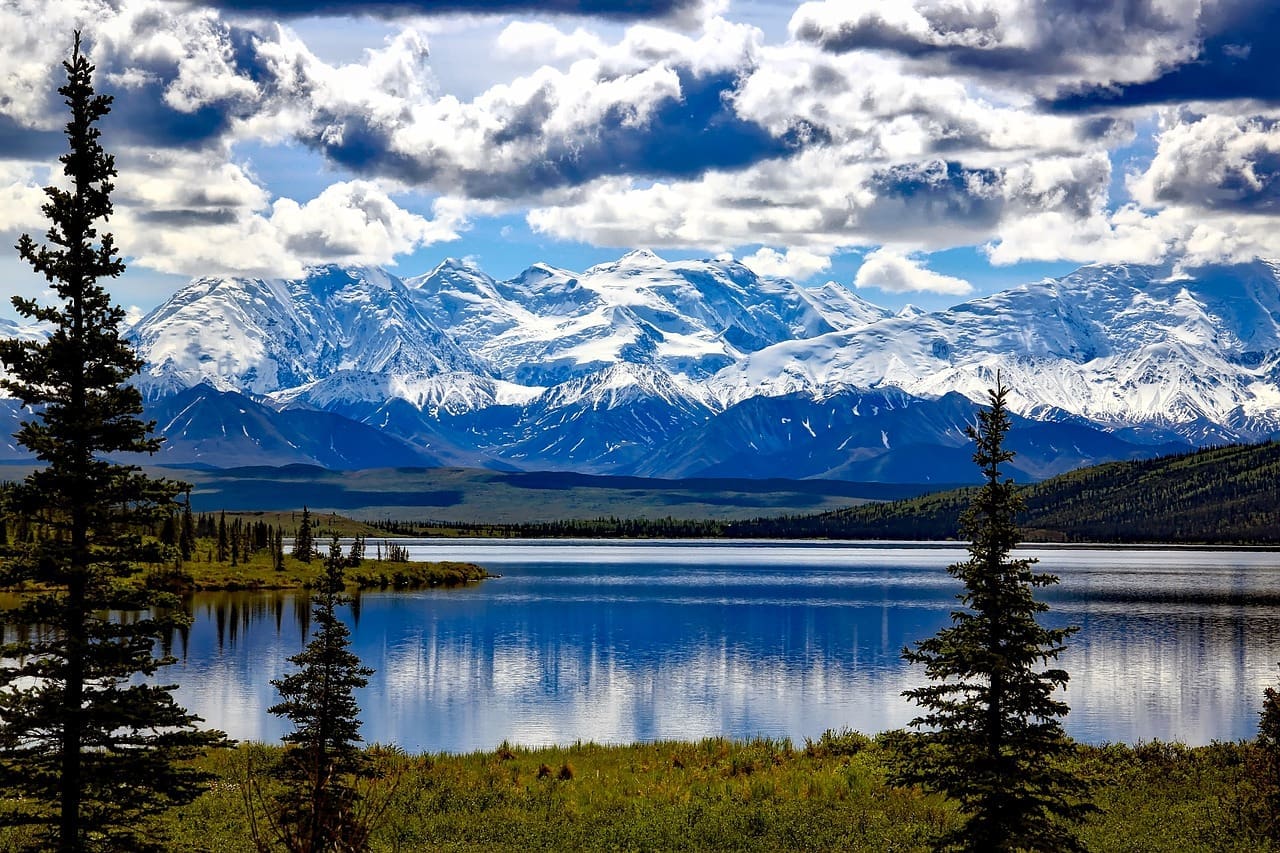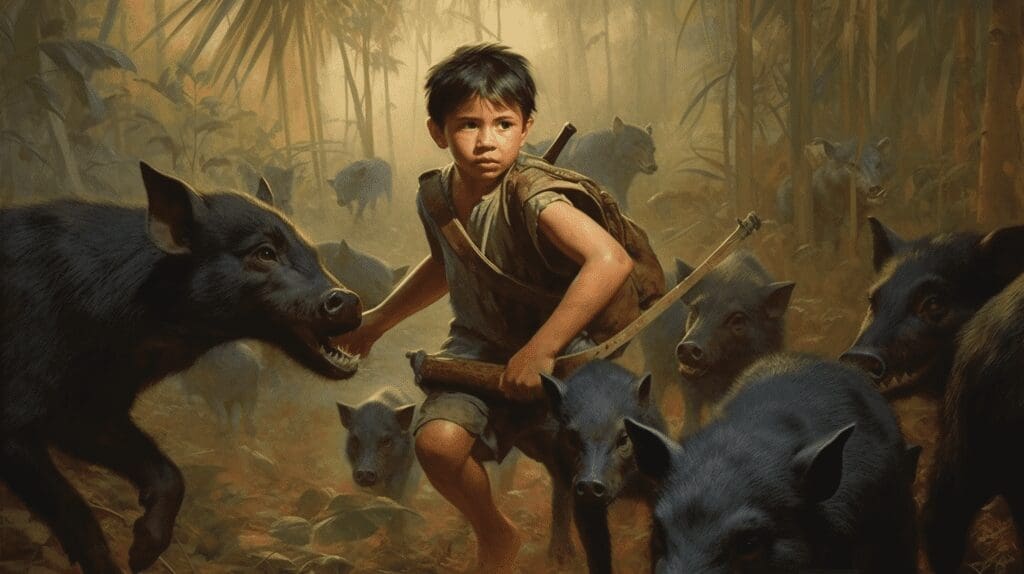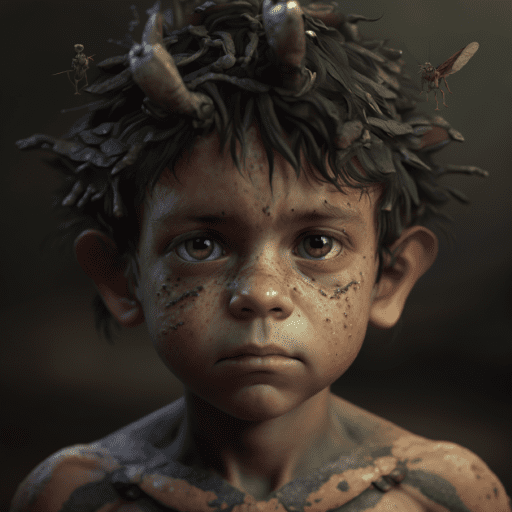

At the heart of William Golding’s “Lord of the Flies” lies a profound commentary on the complexities of leadership and the fragile nature of civilization. The story unfolds on a deserted tropical island, a microcosm of society, where a group of British schoolboys find themselves stranded after a catastrophic plane crash during a war. This setting becomes the stage for an exploration of governance, societal roles, and the intrinsic human condition.


The boys’ initial attempt to establish order is through the democratic election of a leader, Ralph, who symbolizes authority and order. Ralph’s primary concern is rescue, and he prioritizes the maintenance of a signal fire. His civilized approach to leadership focuses on collective welfare and structured living, as he also advocates for the construction of shelters.
Contrasting Ralph’s vision is Jack, the leader of the hunters, whose primal instincts gradually overshadow his sense of morality. Jack’s descent into savagery is marked by an obsessive pursuit of power and control, epitomized by his role in the brutal hunt and slaying of a sow. This act signifies a pivotal shift from civilized order to barbarism.
The narrative eloquently navigates between the poles of autocracy and democracy, with Ralph and Jack representing the respective ends. The tension between these leadership styles escalates into a struggle for power that mirrors the broader human experience with governance. The conch shell, initially a symbol of authority and democracy, eventually loses its power, signifying the breakdown of civilized order.


The “beast” is a central motif, symbolizing the innate darkness within humanity. The boys’ fear of an external monster reflects the harrowing realization that the true beast lies within themselves. Simon, the visionary of the group, recognizes this metaphorical beast, but his attempt to enlighten the others ends tragically, underscoring the theme that enlightenment is often met with hostility.
The boys’ initial revelry in the absence of adults soon gives way to chaos, illustrating the thin veneer of civilization. The narrative suggests that without the constructs of societal norms and laws, humanity’s inherent savagery emerges. This is evident in the boys’ transformation from disciplined schoolchildren to bloodthirsty savages.
The signal fire, a beacon of hope for rescue, becomes a symbol for the boys’ connection to civilization. Its maintenance is a measure of their commitment to societal norms. Conversely, the fire’s destructive capability, as it engulfs the forest, metaphorically represents the destructive nature of power when left unchecked.


William Golding’s “Lord of the Flies” is a powerful exploration of leadership, governance, and the inherent darkness within the human psyche. Through the allegorical narrative, the novel invites readers to reflect on the delicate balance between civilization and savagery, and the complex dynamics that govern human societies.
The story of the boys on the island serves as a poignant reminder of the fragility of order and the perilous nature of power. It is a tale that resonates with timeless relevance, offering critical insights into the human condition and the perennial struggle between civility and chaos.
Of course, this is all imagination and there is in fact a real-life example from 1965 when six boys were stranded on an island. This turned out very different from the human-nature thoughts in the novel.